Kano Categories
Goal
Our roadmap was constantly churning which prevented any kind of planning ahead so I offered up bringing user data into the conversation. This allowed us to slow the churn which enabled us to plan ahead better.
Participant Breakdown
Method
Screener questions to find the right participants.
588 Took screener; Passed and gathered data from 61
27 Different features with one sentence description.
3 Questions associated with each feature
Categorized each feature into a Kano Bucket
6 Additional insights
Paired with qualitative data from interviews that included the same Kano Survey
Reviewed with Stakeholders
impact
The study facilitated the conversation around how do we leap frog the competition and we made it a goal to balance our releases with "must have"(table stakes) and "attractive"(participants wanted but could or was living without) features. We ended up moving items out of our 60-90 roadmap into the backlog and moved others from the backlog to be planned for beta/GA.
Blurred out roadmap after being assigned Kano category.

